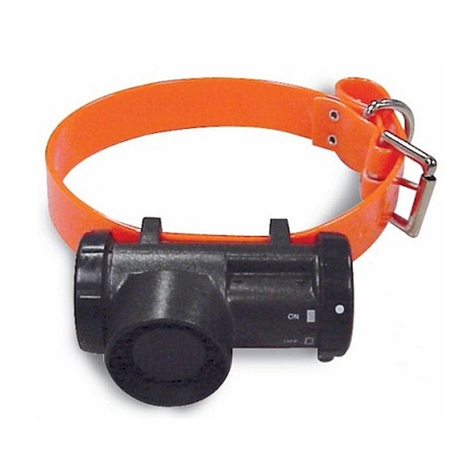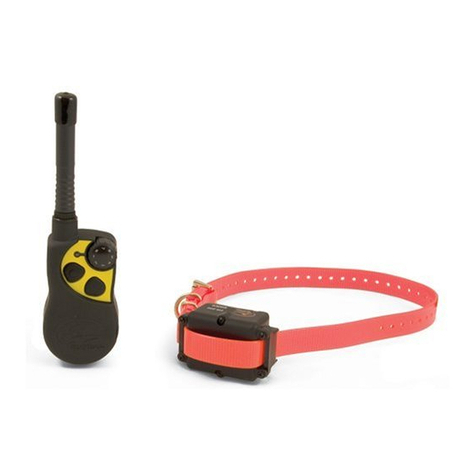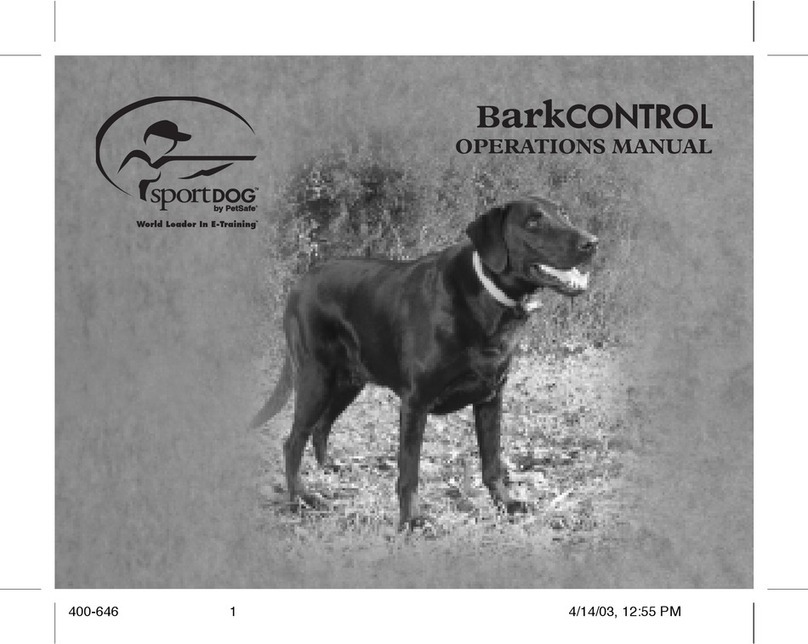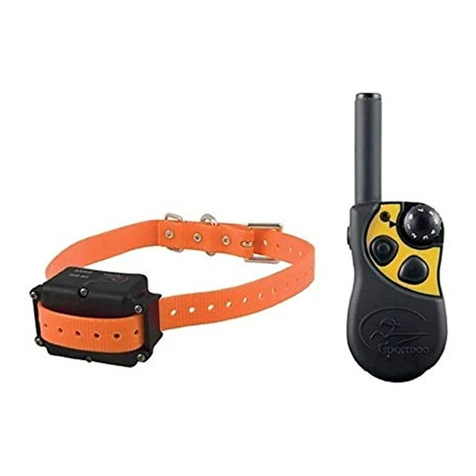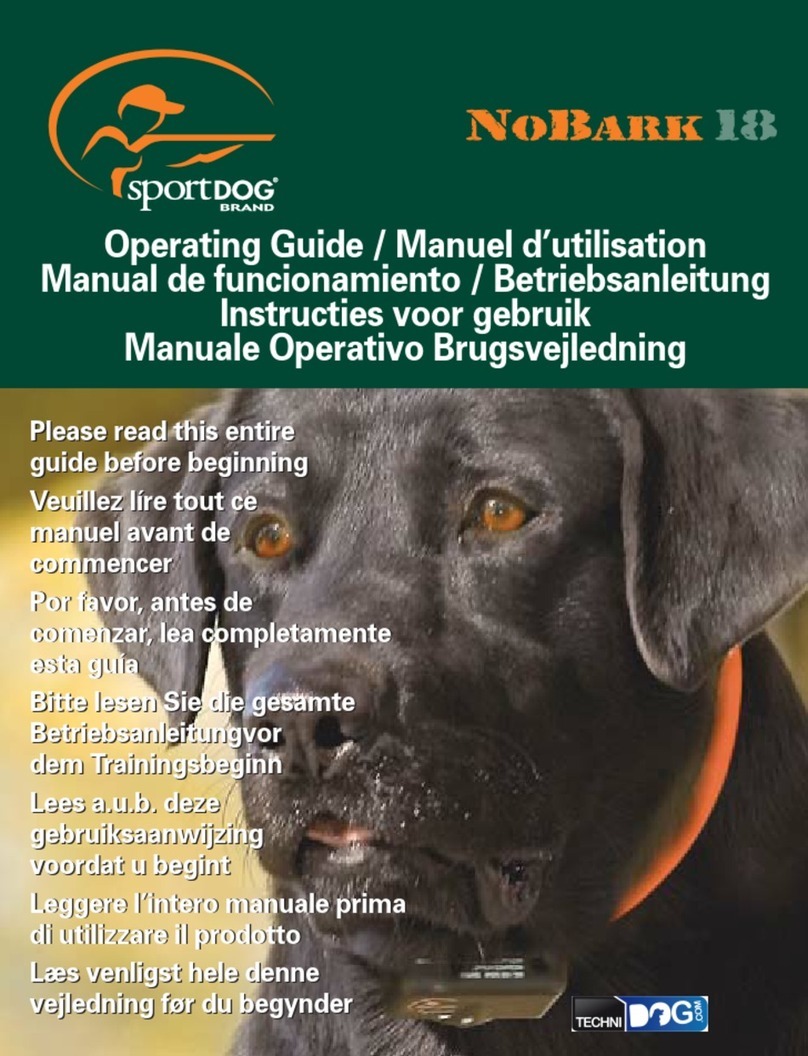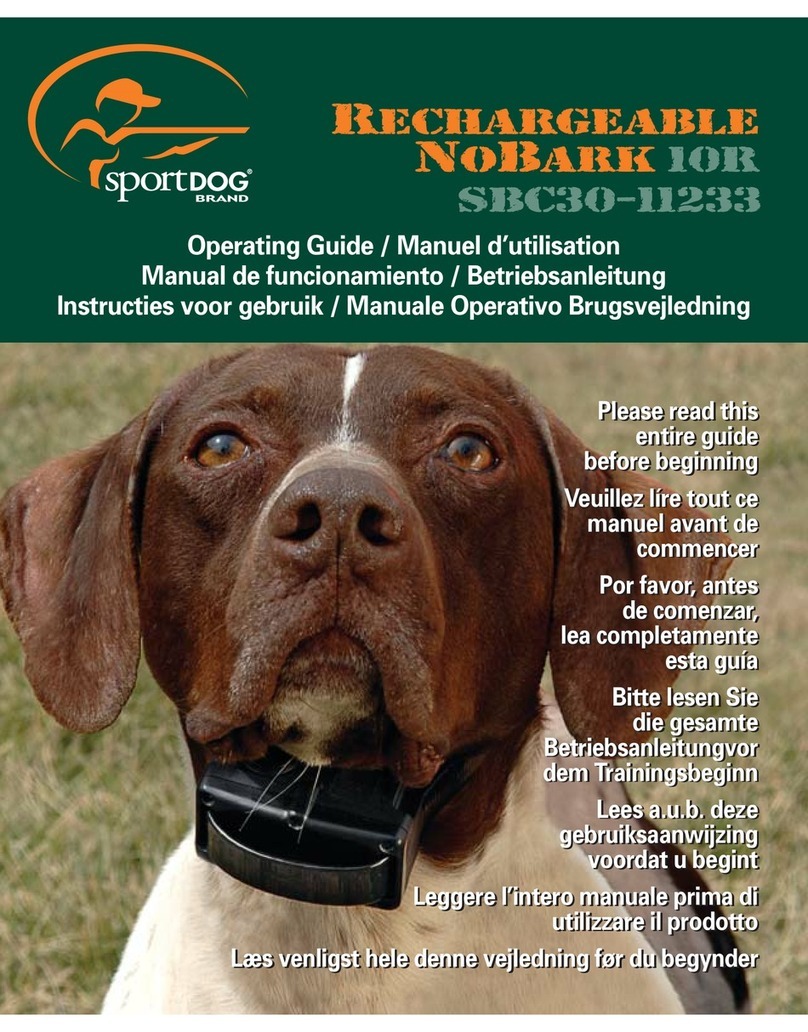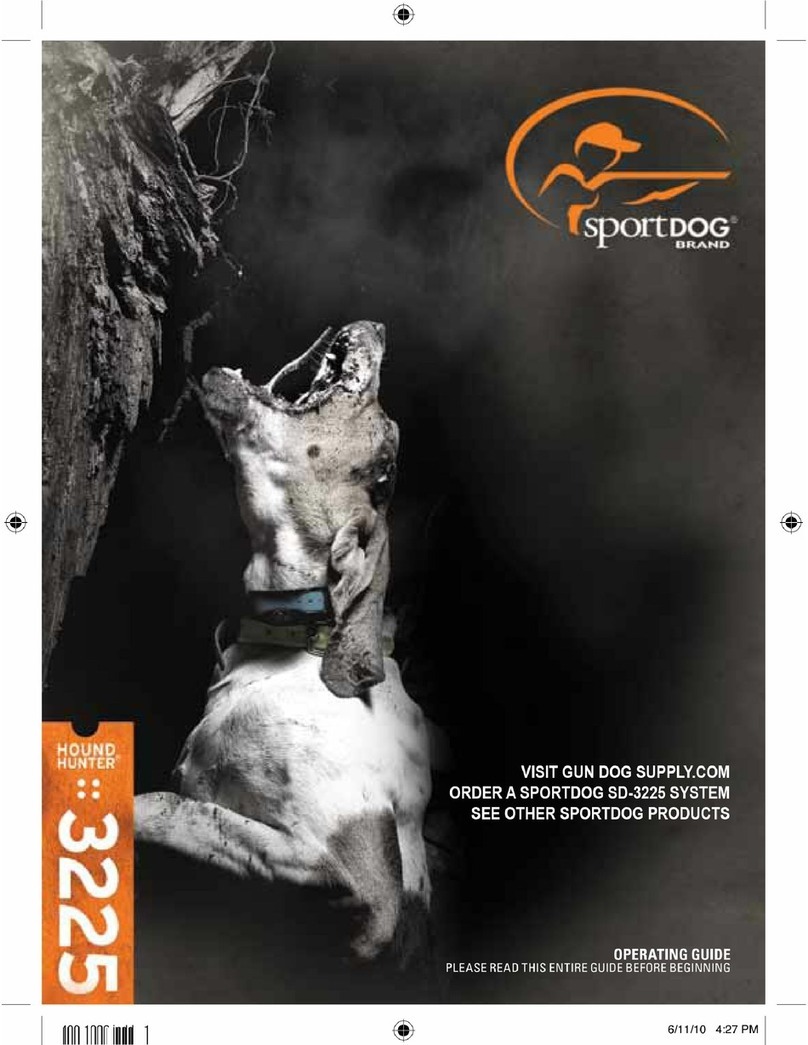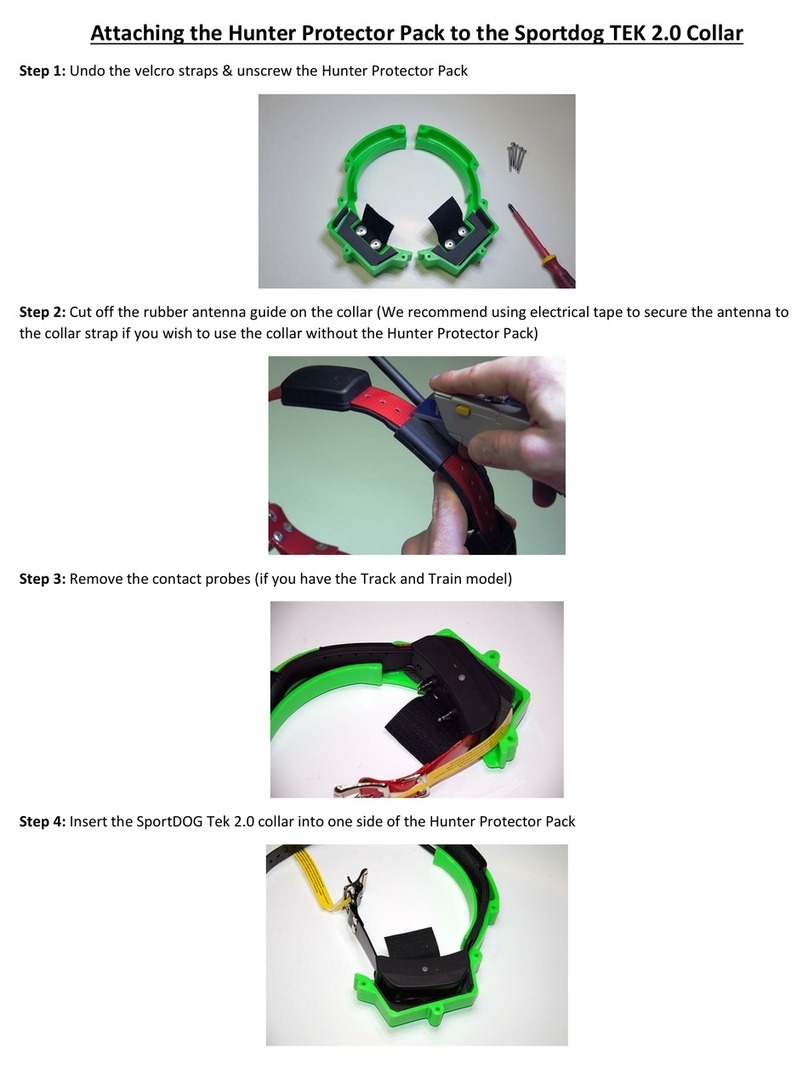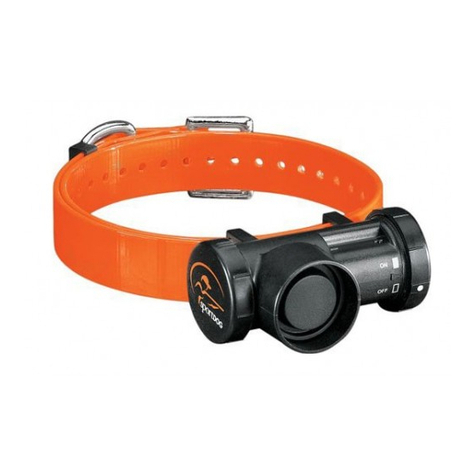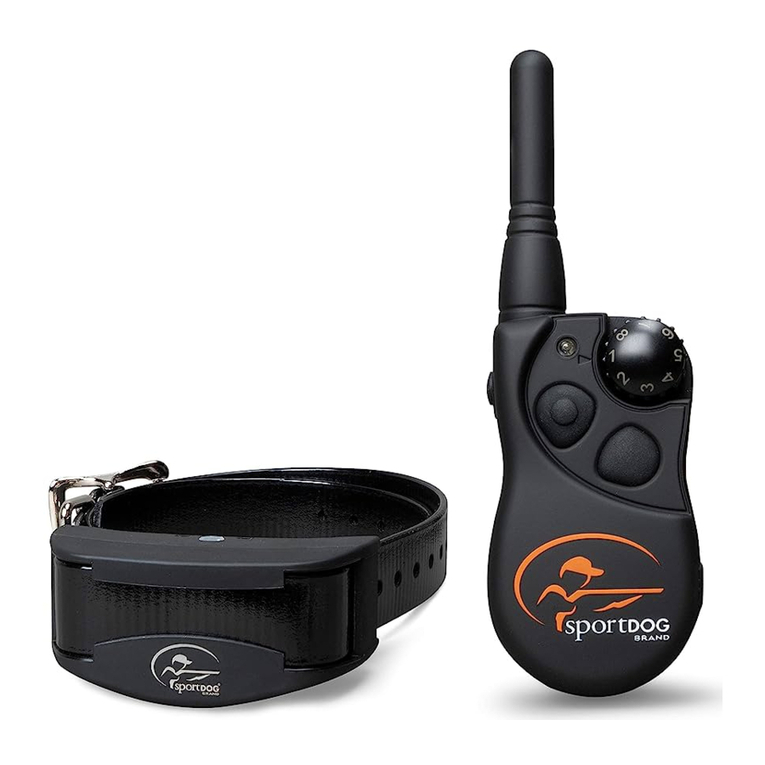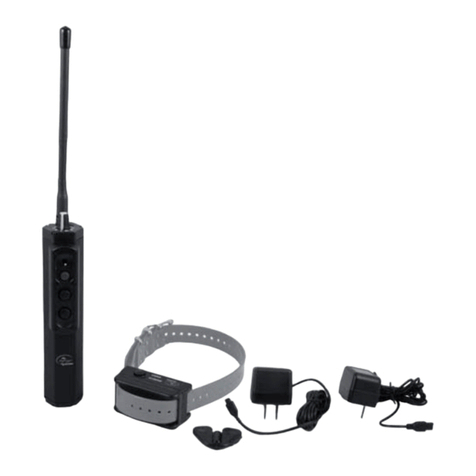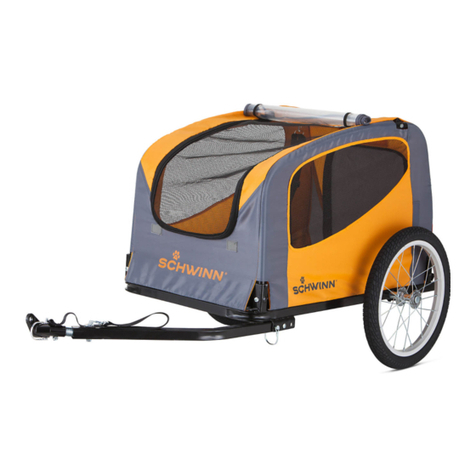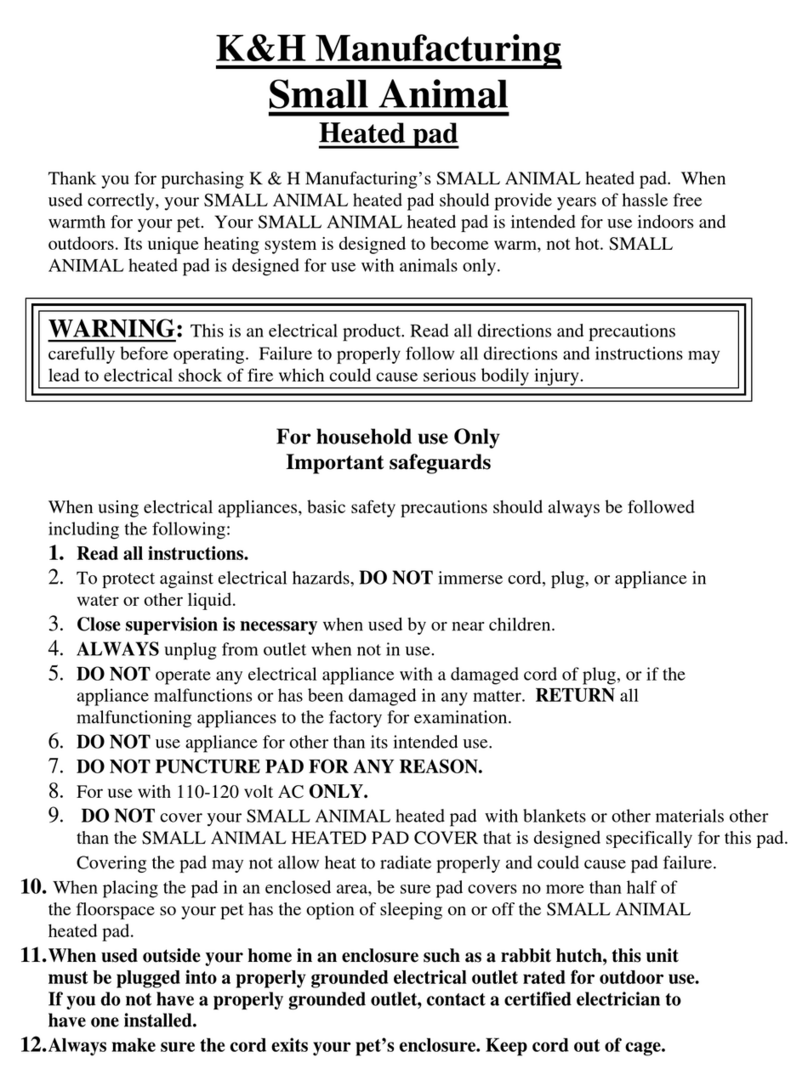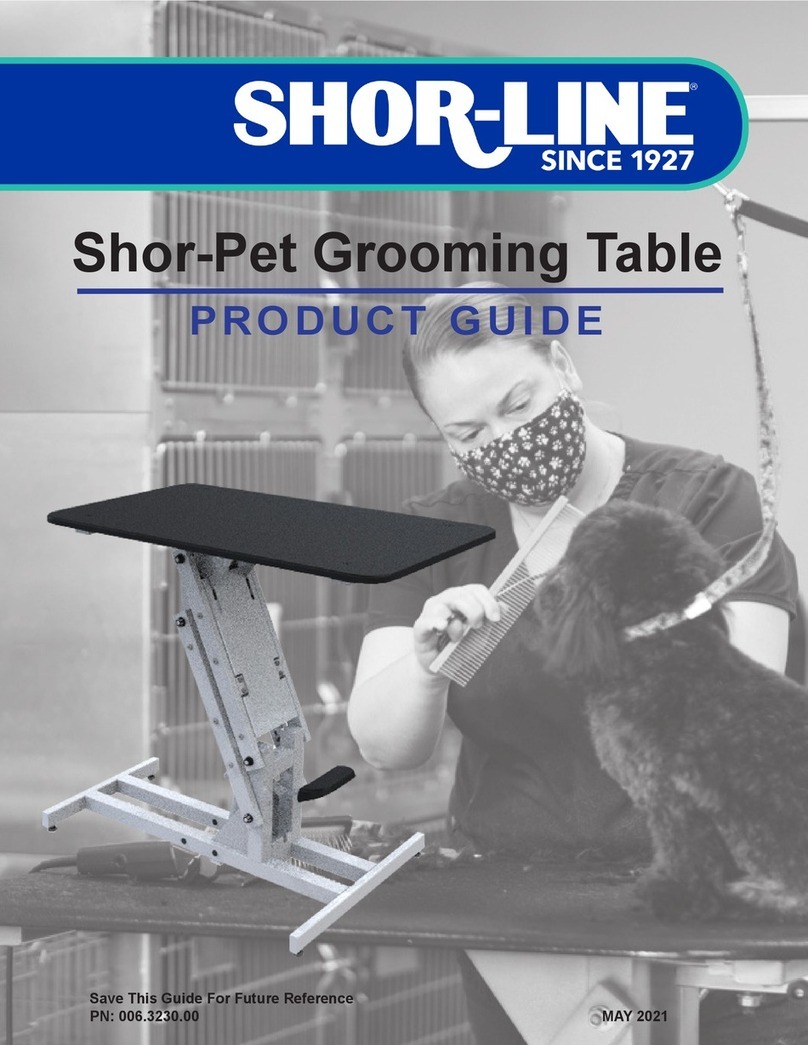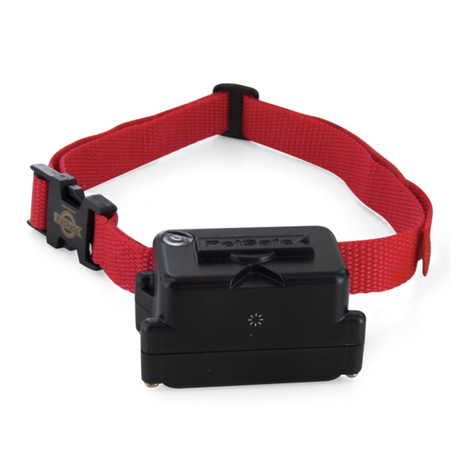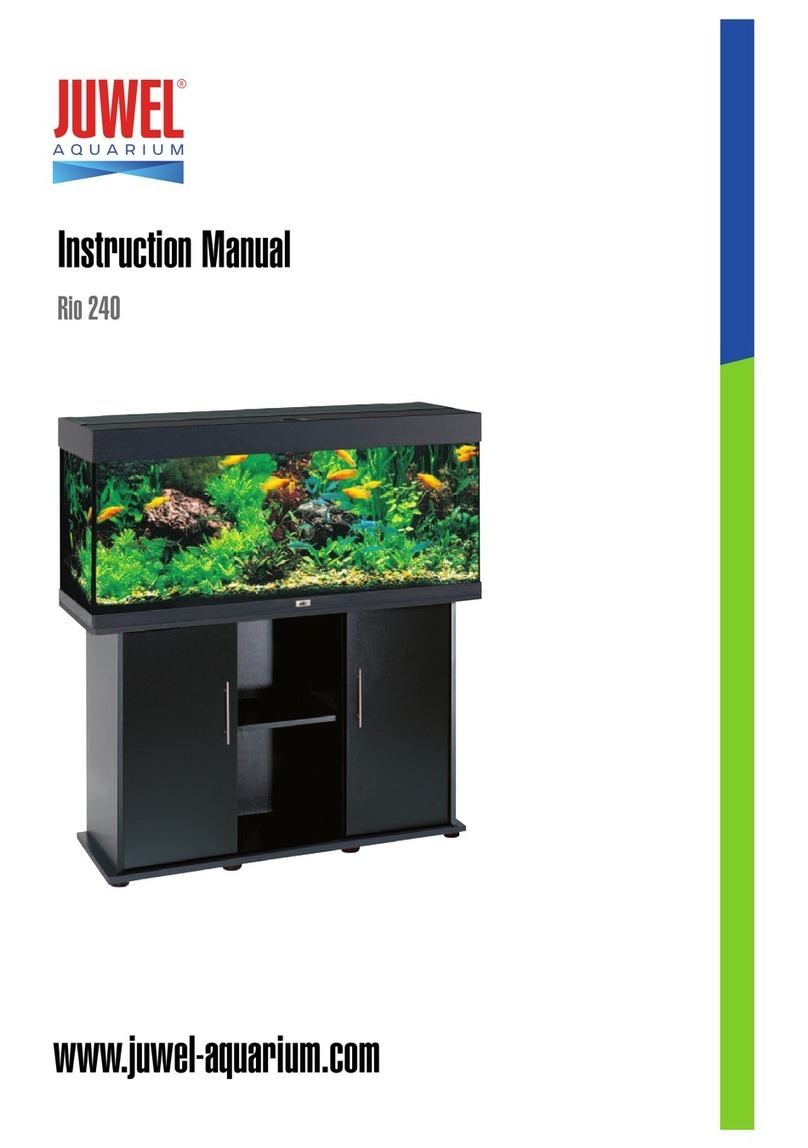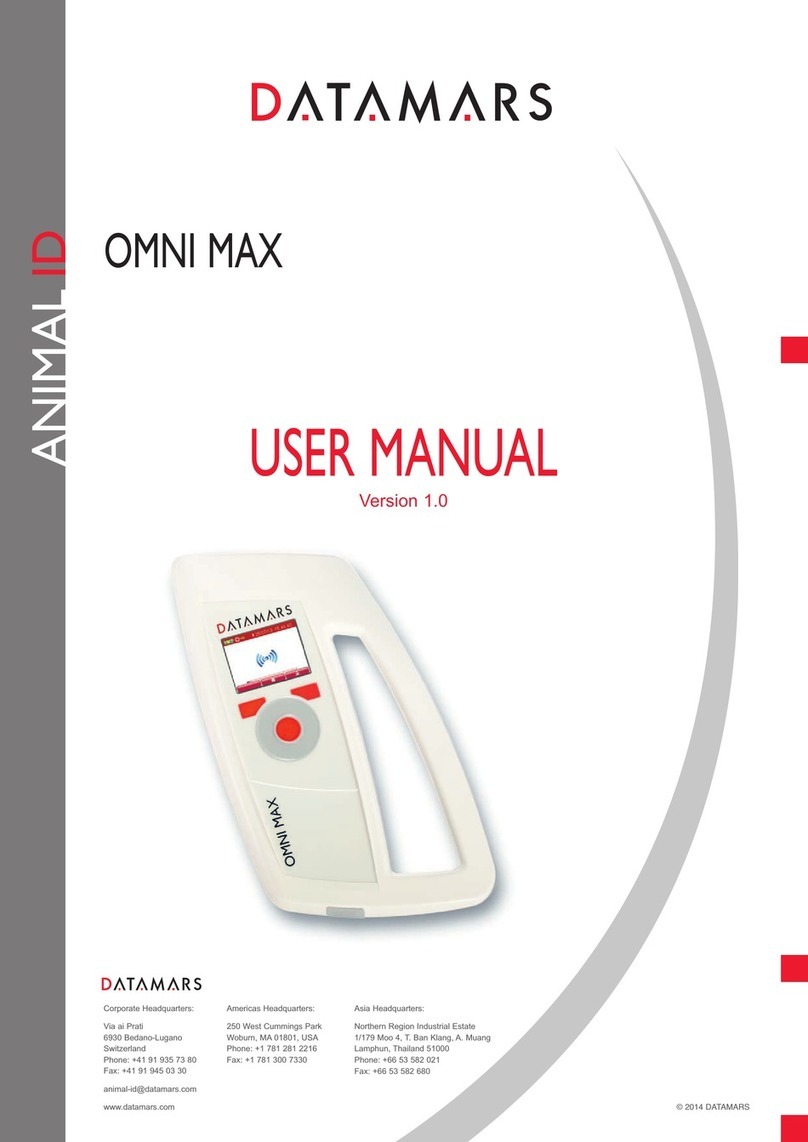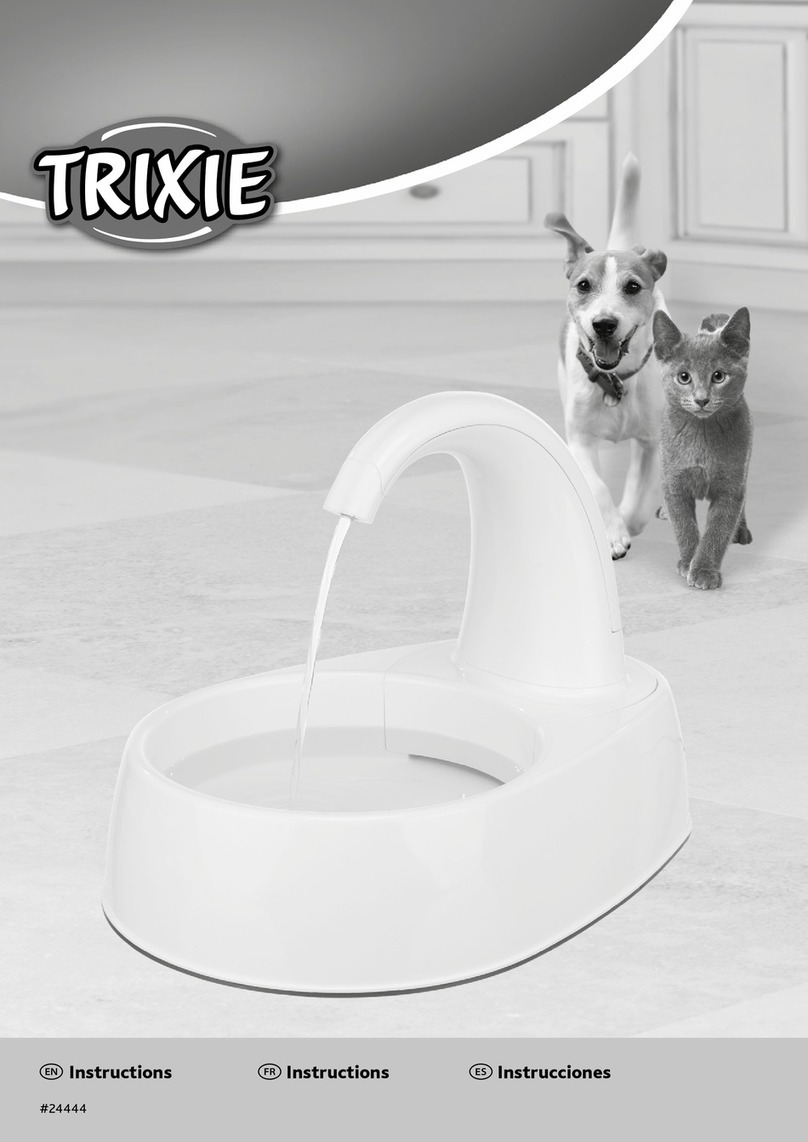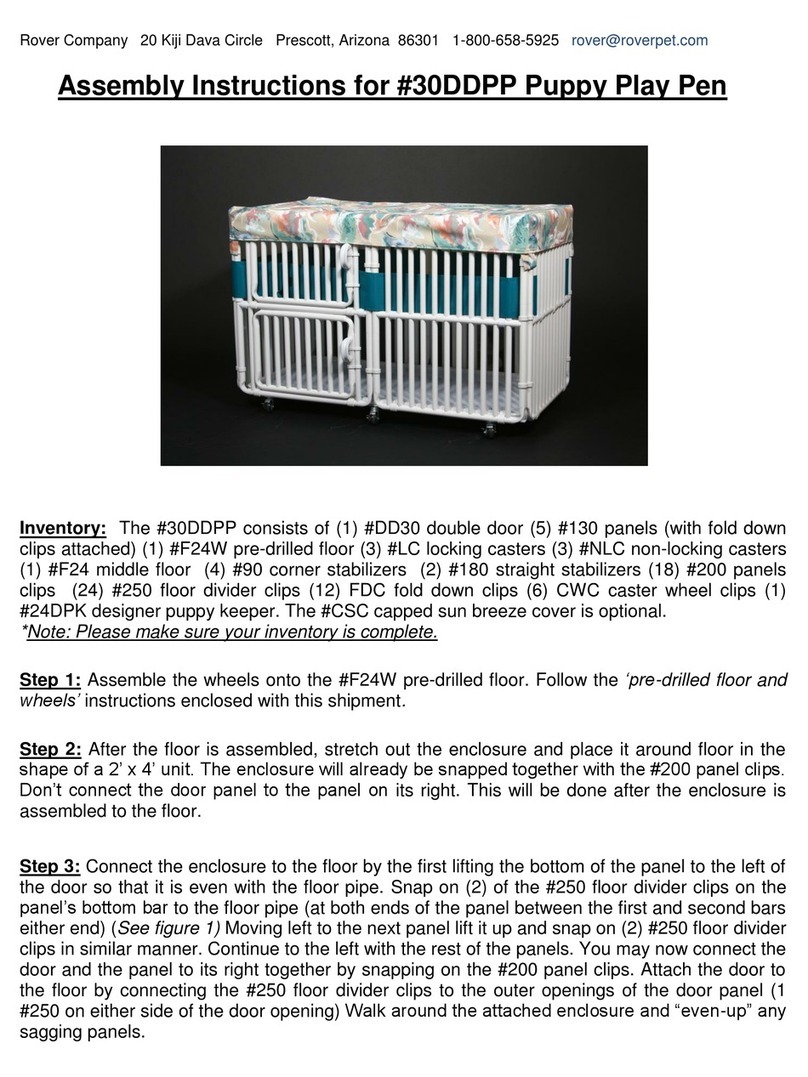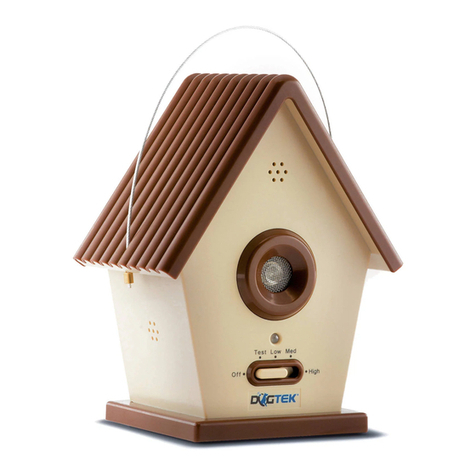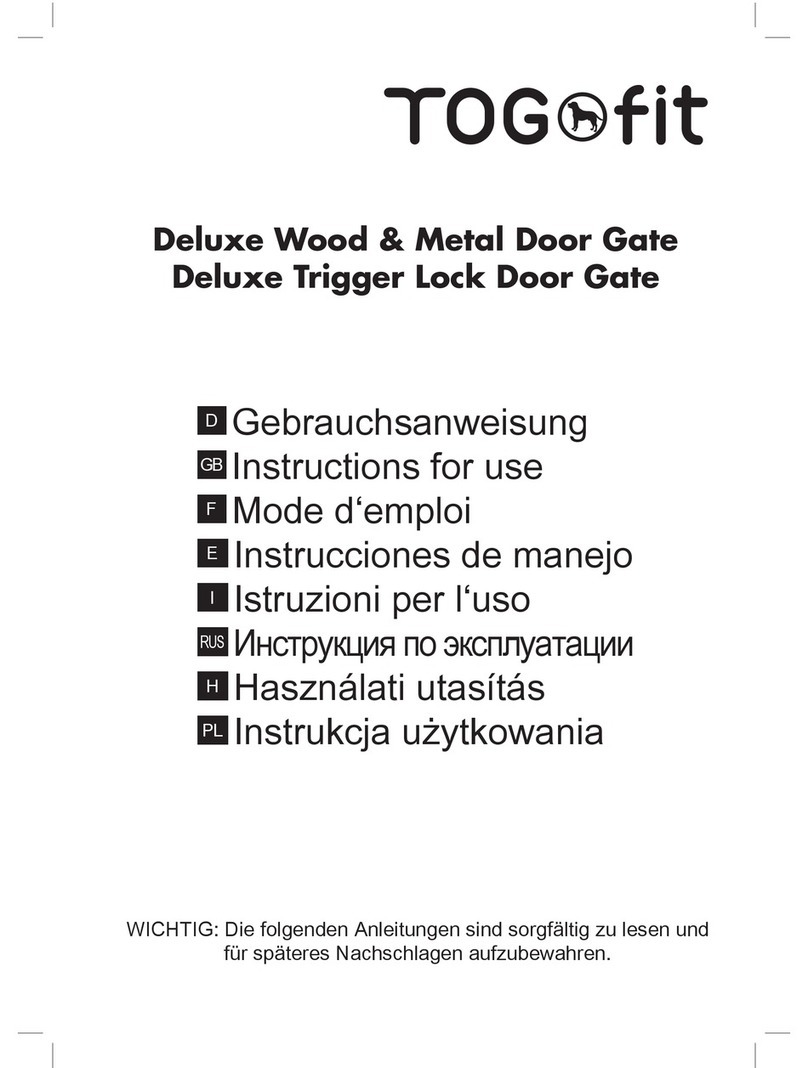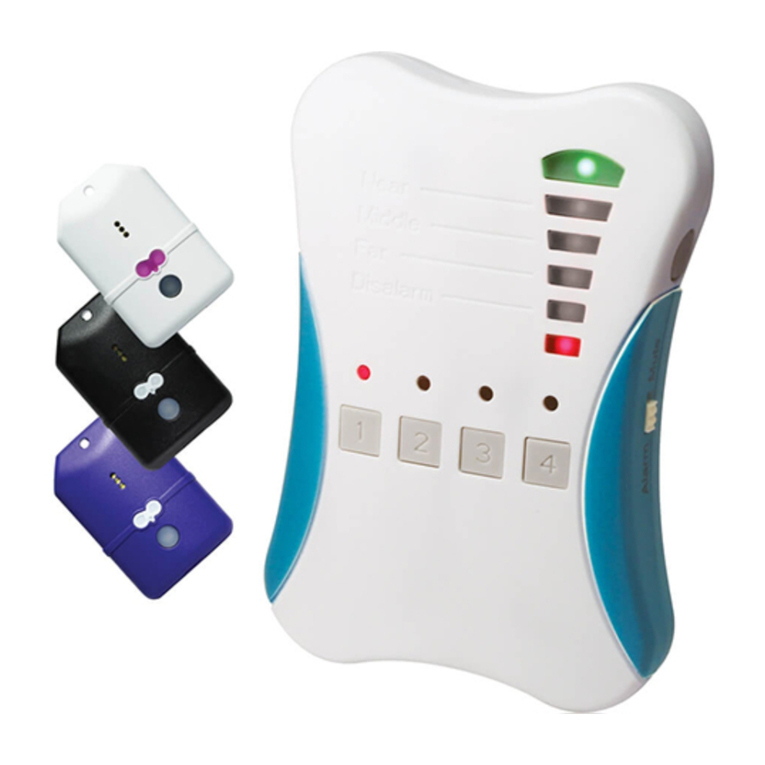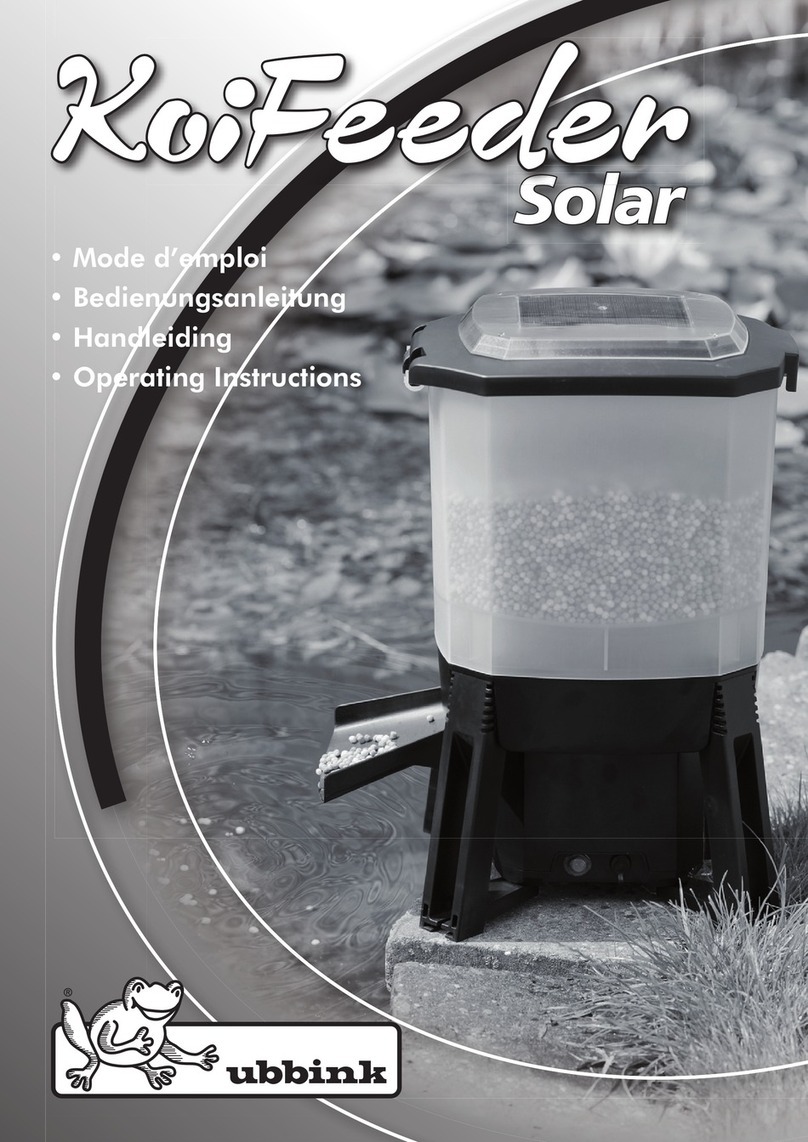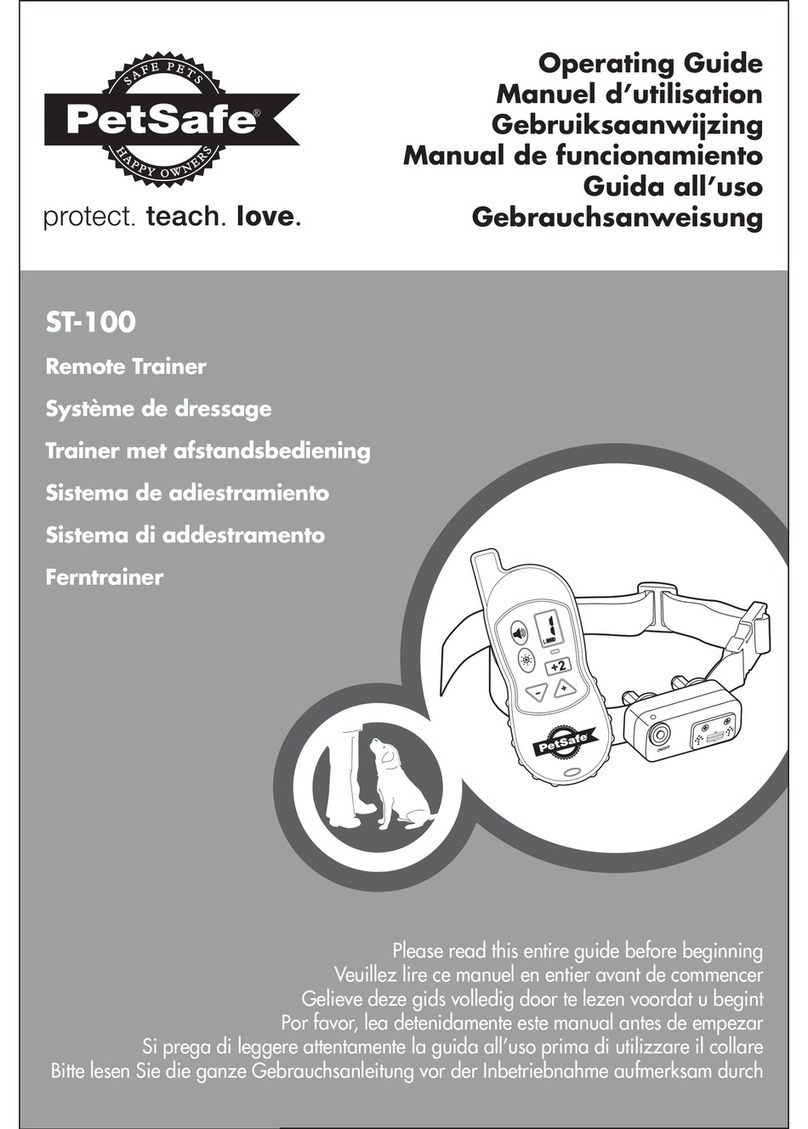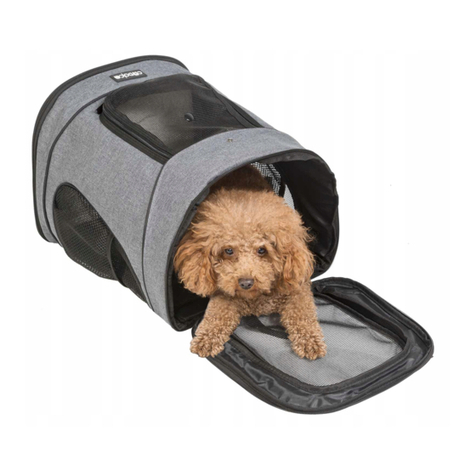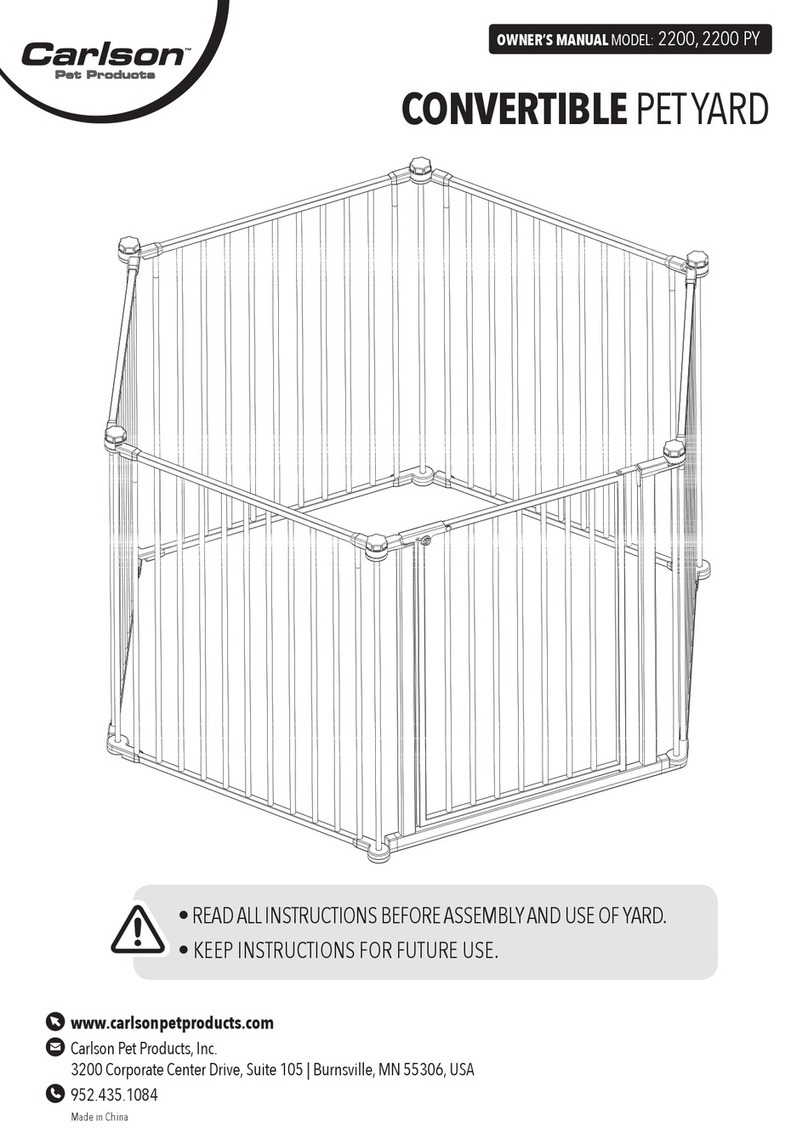
13SPORTDOG.COM
command if your dog struggles with remaining seated. To reinforce sitting, apply a light amount of
upward leash pressure to its collar and command “Stay” as you start to move away and toward the
end of the leash. Your dog will likely get up and try to move with you. If this occurs, stop it with “No,”
reseat the dog with “Sit,” and repeat “Stay” with another upward tug on the leash. It should not take
too many corrections before your dog figures this puzzle out. Should it continually refuse to stay, add
increasing amounts of leash pressure and stronger “No” commands until it obeys. You may need to
be more patient here than any other place. You have already conditioned your dog to move with you
at heel as you move away and many dogs think this is what you want now instead of remaining seated.
Correction for mistakes, rewards for positive responses, and repetition will quickly condition your
dog to this command.
A DIRECTIONAL COMMAND: KENNEL
You will often require your dog to enter different areas and objects: airline crates, vehicles,
buildings, boats, duck blinds, and fenced areas are just a few examples. You will use the command
“Kennel” to tell your dog to enter what is in front of it. Always use the command “Sit” before you ask
a dog to enter. If you give your dog a chance to sit and look into the area it is being asked to enter, it
will be far more likely to perform this skill without a fight. By looking into this area, your dog can
see that the boogie man is not waiting inside.
What should you do if your dog decides it does not want to enter? You know it will give to the pressure
of a leash, so lead it into the proper area and command “Kennel.” Once in the correct place, stroke pup
on the shoulder until you see acceptance via the swallow response. Repeat this routine until you start
to develop a conditioned response to your command. Some dogs fight this entry with a great deal of
vigor. If your dog chooses this option, be sure to maintain leash pressure until you get the desired
response. Once it understands that there is no danger in these areas, it will be glad to enter upon
command.
Think about your individual training situation and see if you can create opportunities to work on
the “Kennel” command. This can be accomplished by having an airline crate with you while doing
your dog’s obedience routine or working in an area close to the entrance of your home where
the doorway becomes the area in which your dog is commanded to enter. Or, you could use your
vehicle, and this will be very handy when you take your dog to other training areas.
A FINAL OBEDIENCE COMMAND: DOWN
The next command in your obedience program will be “Down,” which tells your dog to lie down
and remain in this position until it receives another command. This command is most often used
around the home. For this reason, the easiest time to work on “Down” is at night while watching
television. Command your dog to “Sit” and stroke its shoulder when it obeys. Face the dog, grab its
front paws, and pull them toward you. When your dog’s chest hits the floor, command “Down” and
stroke a shoulder again. Most dogs will immediately rise, assuming a sit position. If this occurs,
correct your dog with “No” and repeat the “Down” process again. It generally takes around three
evenings before your dog will become comfortable with this routine. But, do not be worried if it
takes your dog three weeks.


